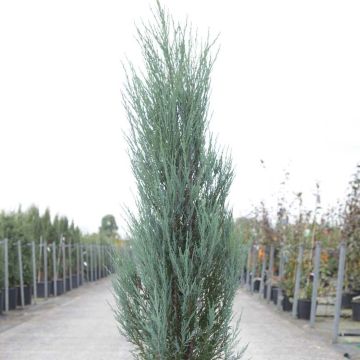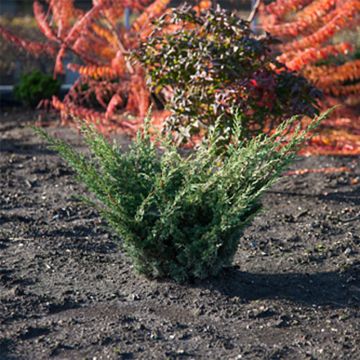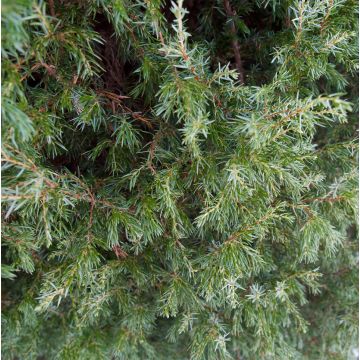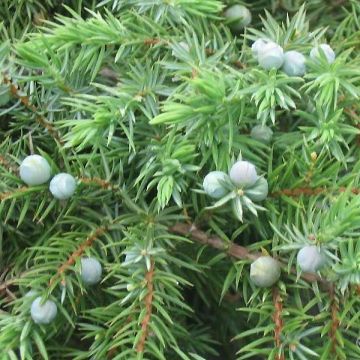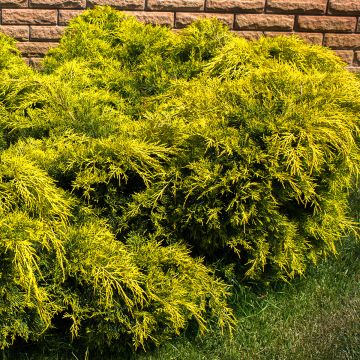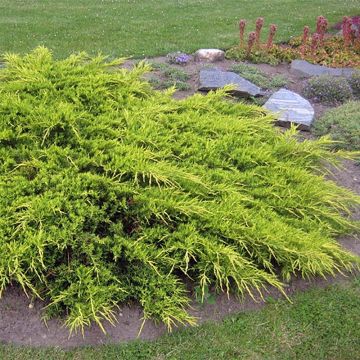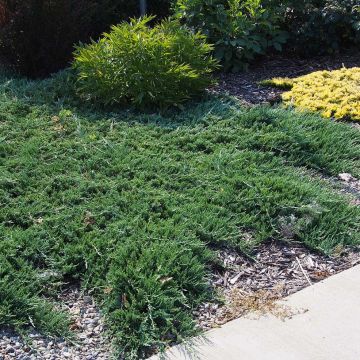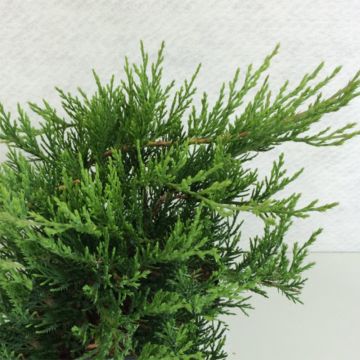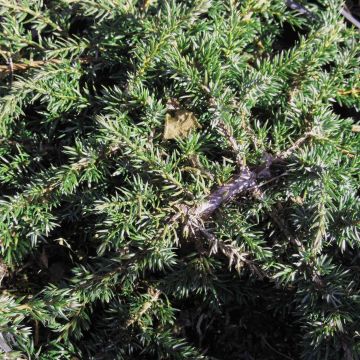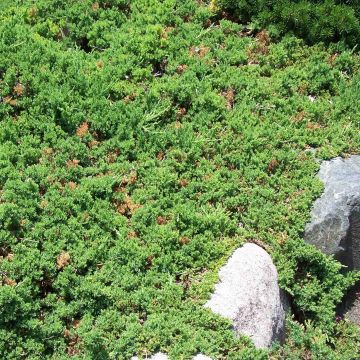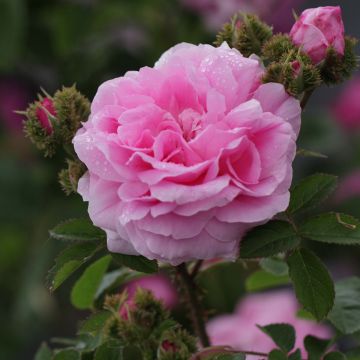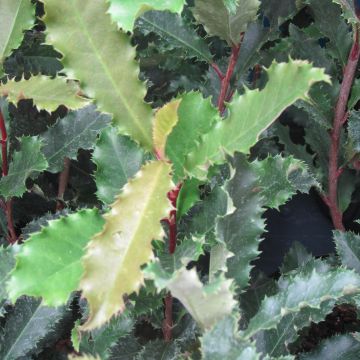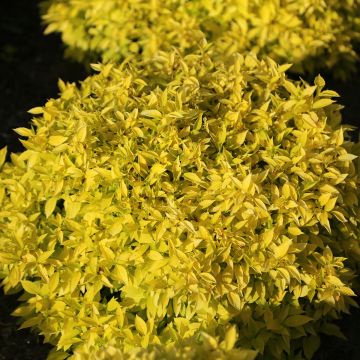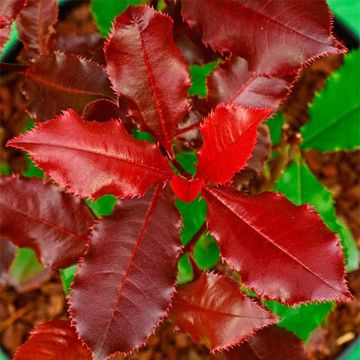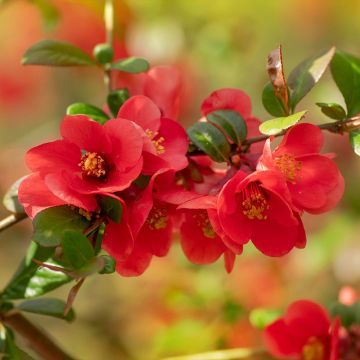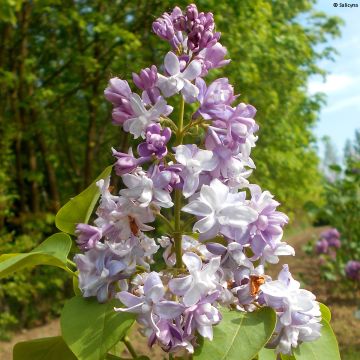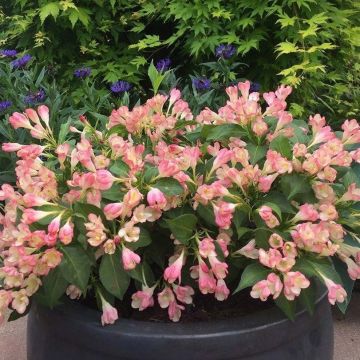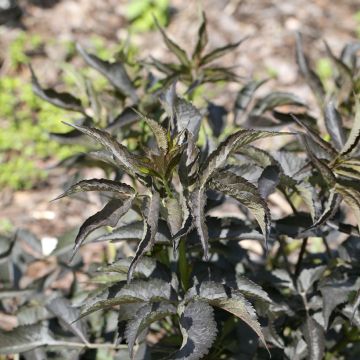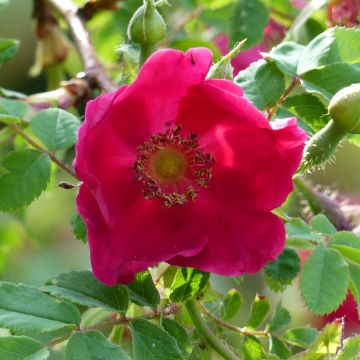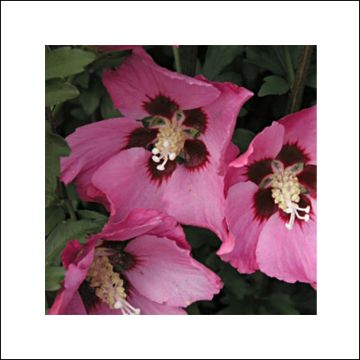Shipping country and language
Your country of residence may be:
Your country of residence is:
For a better user experience on our website, you can select:
Your shipping country:
-
Andorra
-
Austria
-
Belgium
-
Bulgaria
-
Canada
-
Chile
-
Croatia
-
Cyprus
-
Czechia
-
Denmark
-
Estonia
-
Finland
-
France
-
Germany
-
Greece
-
Hungary
-
Iceland
-
Ireland
-
Italy
-
Latvia
-
Lithuania
-
Luxembourg
-
Malta
-
Monaco
-
Netherlands
-
Poland
-
Portugal
-
Romania
-
Slovakia
-
Slovenia
-
Spain
-
Sweden
-
Switzerland
-
United Kingdom
We only deliver seed and bulb products to your country. If you add other products to your basket, they cannot be shipped.
Language:
-
French
-
German
-
Spanish
-
English
-
Italian
My Account
Hello
My wish lists
Log in / Register
Existing customer?
New customer?
Create an account to track your orders, access our customer service and, if you wish, make the most of our upcoming offers.
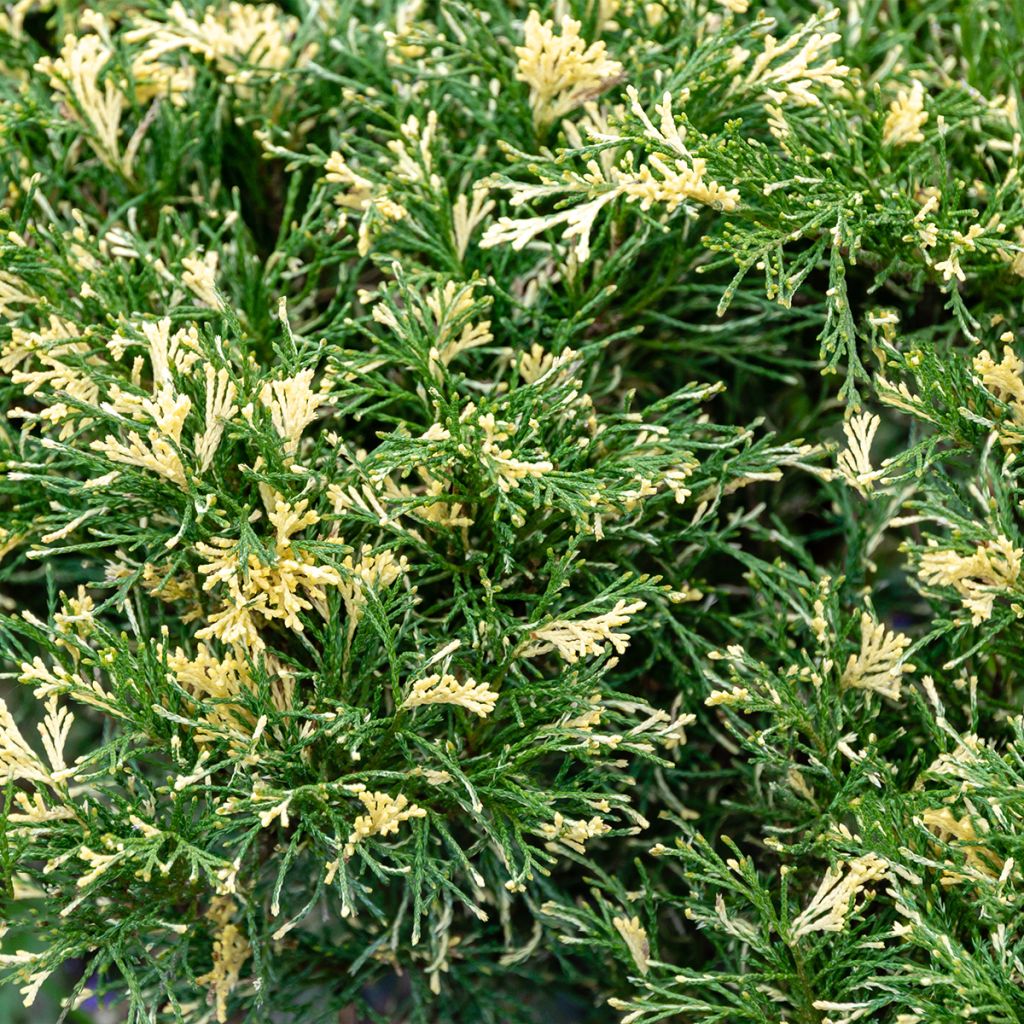

Juniperus sabina Variegata
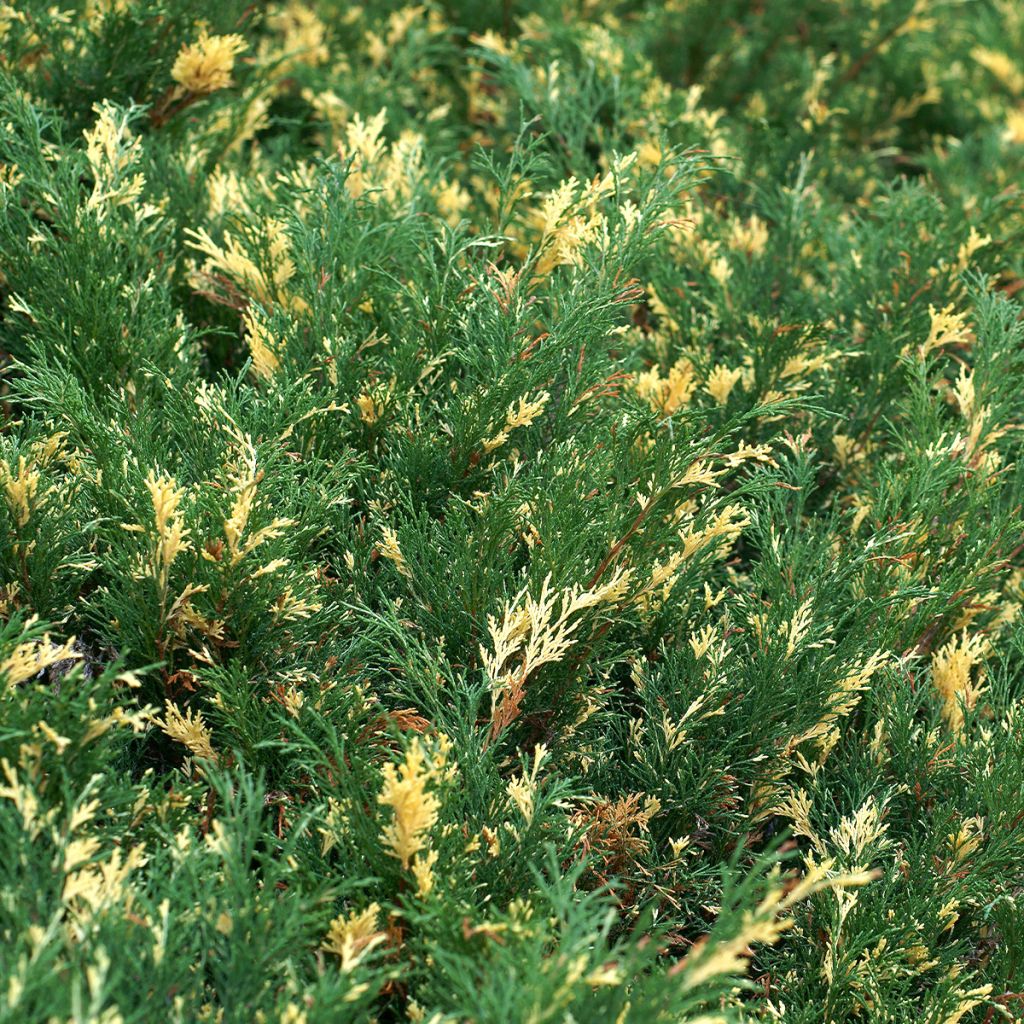

Juniperus sabina Variegata
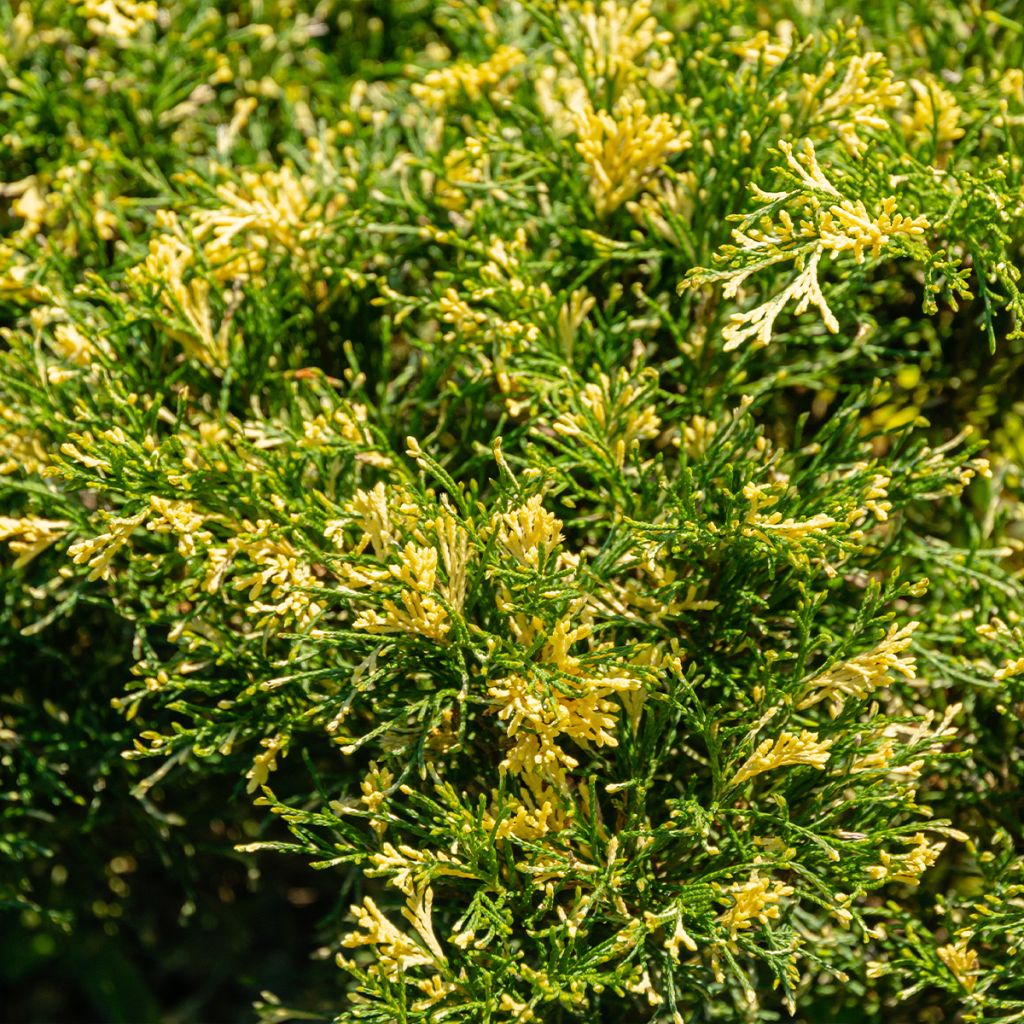

Juniperus sabina Variegata
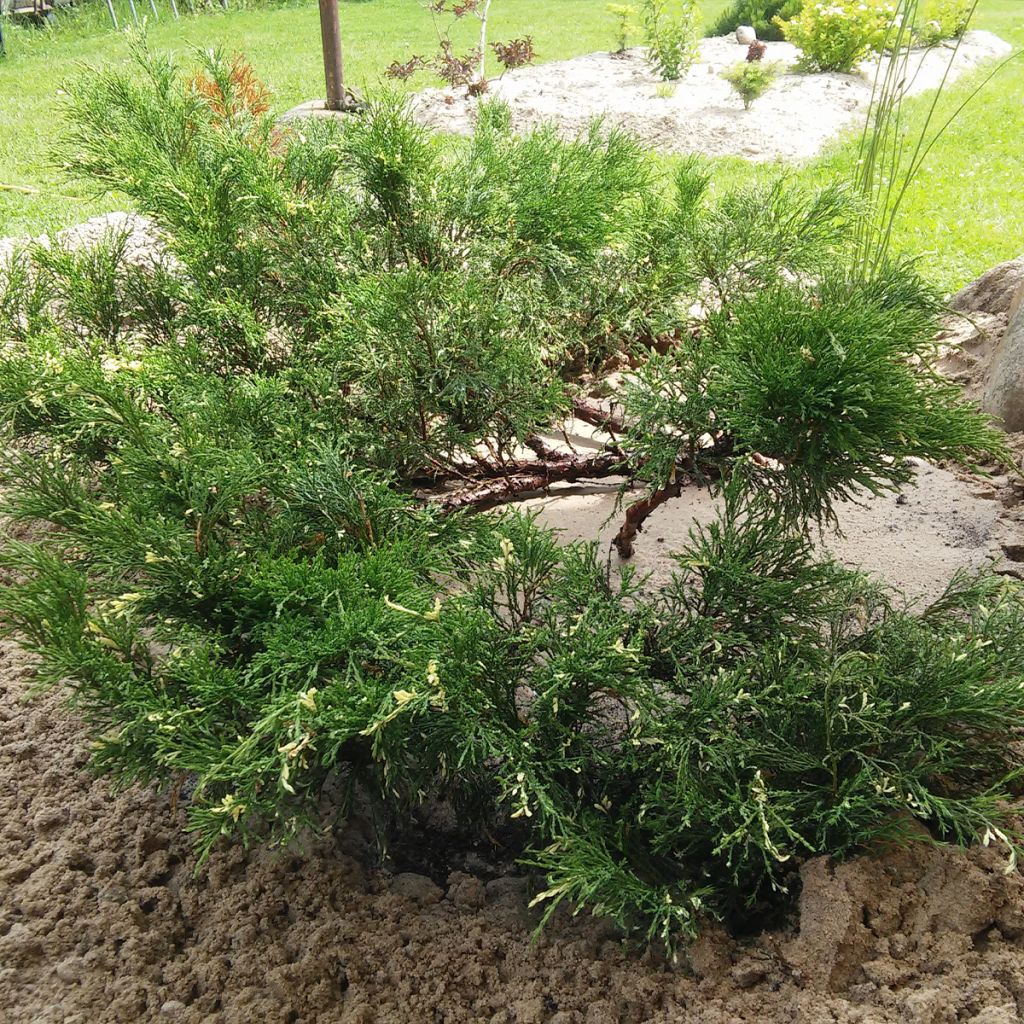

Juniperus sabina Variegata
Juniperus sabina Variegata
Juniperus sabina Variegata
Savin Juniper
Order in the next for dispatch today!
Dispatch by letter from €3.90.
Delivery charge from €5.90 Oversize package delivery charge from €6.90.
More information
This item is not available in your country.
Schedule delivery date,
and select date in basket
This plant carries a 24 months recovery warranty
More information
We guarantee the quality of our plants for a full growing cycle, and will replace at our expense any plant that fails to recover under normal climatic and planting conditions.
From €5.90 for pickup delivery and €6.90 for home delivery
Express home delivery from €8.90.
From €5.90 for pickup delivery and €6.90 for home delivery
Express home delivery from €8.90.
Does this plant fit my garden?
Set up your Plantfit profile →
Description
The Juniperus sabina 'Variegata' is a variegated Sabine juniper with speckled foliage of cream to yellow macules. This evergreen conifer has a spreading and low habit, and this small bush has dense foliage that sprouts in all directions, and is not prickly. Its astonishing pigmentation could easily make you believe that it has been splashed with paint! It is a slow-growing conifer, but also an extremely hardy plant, perfectly adapted to wind, drought, and altitude. It enjoys full sun while tolerating partial shade and well-drained soil.
Also known as Sabine, Juniperus sabina is a montane species native to cold regions of Europe (Andalusia, Turkey, Alps, Balkans), North Africa (Algeria and Morocco), and Asia. It is found between 1400 and 2750 meters (4593 feet 2 inches and 9022 feet 4 inches) above sea level, but also in many parks and gardens in the plains where it has acclimated perfectly. It is an extremely hardy conifer (down to -40°C (-40 °F)) and remarkably vigorous, belonging to the Cupressaceae family, which also includes the genera Thuja, Chamaecyparis, and Cupressus.
'Variegata' forms a small bush with a spreading habit after about ten years, measuring from 50 cm (19.7 in) to 1 m (3 ft 4 in) in height, and 1 m (0 and 3 ft 4 in) to 1.50 m (4 ft 11 in) in width. The branches spread in all directions, inclined at 45° (113 °F) to the center of the plant, giving it a charmingly disheveled appearance. The foliage, fragrant when crushed, is slightly bluish green, and especially remarkable for its strange cream to yellow macules that speckle its surface on both sides, in a rather random manner.
With slow growth, this small conifer is a true tough plant, capable of enduring extreme cold, provided it is planted in well-drained soil. Resistant to wind and pollution, it will find its place in all small urban gardens. Not picky about the soil, it adapts to a fairly wide range of pH, from slightly acidic to alkaline (limestone), and is satisfied with a poor substrate. It is the ideal plant to start with in the garden!
This small juniper will be valuable in a rock garden or a mixed border, as well as in a decorative container. Its decorative foliage throughout the year will weave between rocks and can dress up an unsightly slope if planted in groups. It will be happily associated with other columnar conifers to play with volumes, or with coloured ones to create attractive contrasts. A golden yew 'David' with its upright habit will create a lovely evergreen scene with our low juniper. Purple is also a colour to try for a spectacular contrast, for example with the Berberis thunbergii Red Rocket with an upright habit, or the Physocarpus opulifolius All Black with almost black dark leaves.
Report an error about the product description
Juniperus sabina Variegata in pictures
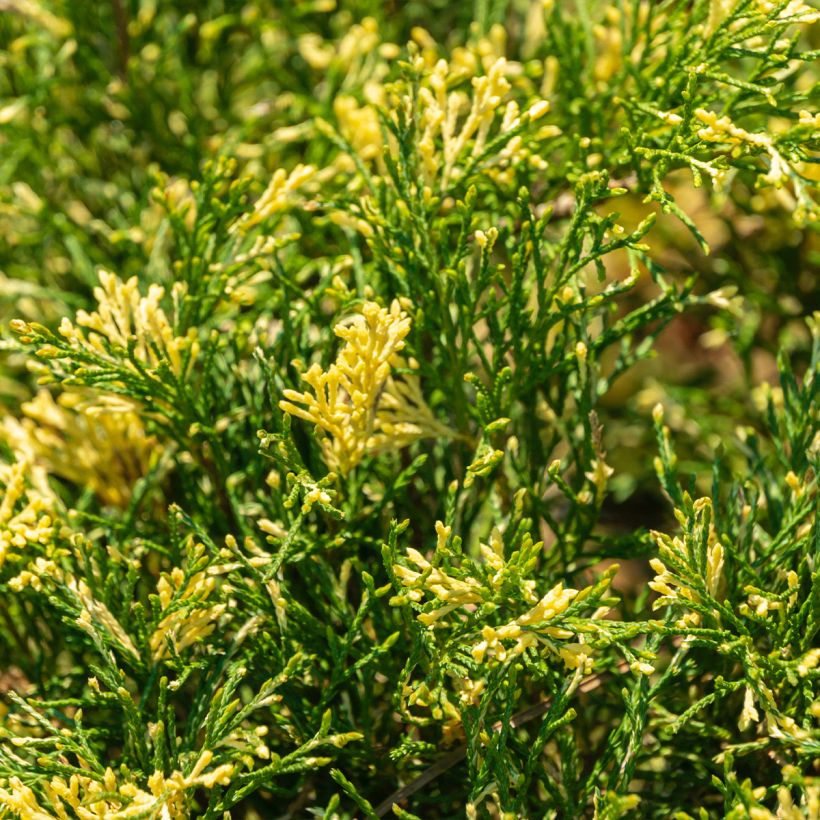

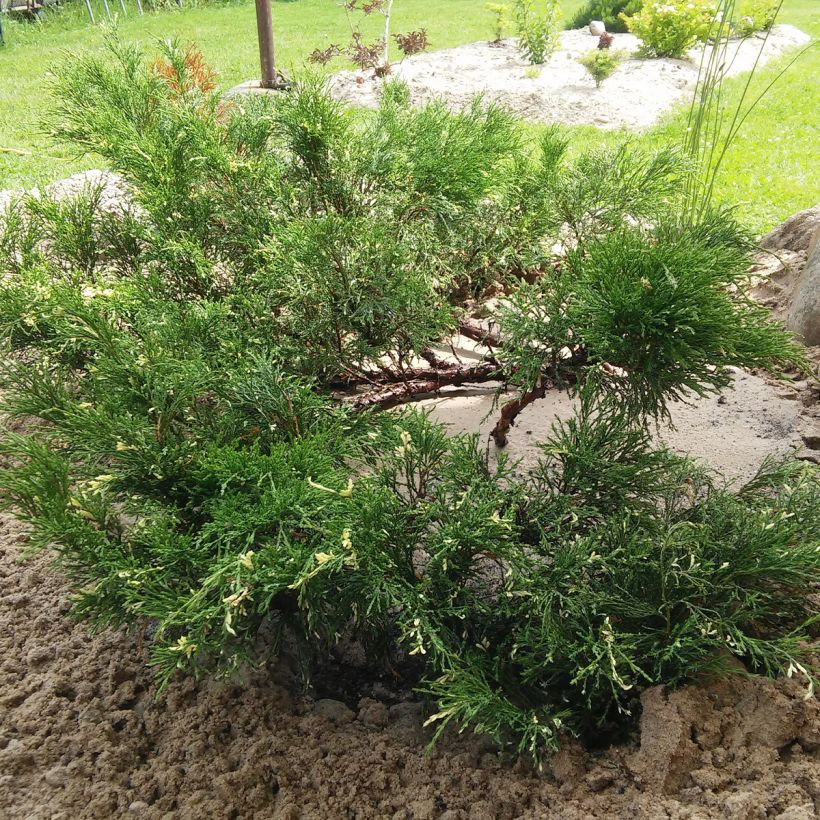

Plant habit
Foliage
Botanical data
Juniperus
sabina
Variegata
Cupressaceae
Savin Juniper
Cultivar or hybrid
Other Juniperus - Juniper
Planting and care
The Juniperus sabina 'Variegata' can be planted from September to November and from February to April in a very well-drained, light, even slightly chalky and poor soil. A stony or sandy and occasionally dry soil does not bother it, and it will also adapt to a slightly acidic soil. Choose a very sunny location or, at worst, semi-shady. Soak the root balls well before planting. Add organic amendment at the time of planting and monitor watering in the first few years. Once well established, it will withstand drought well and will only require supplementary watering in case of pronounced dryness.
Apply a small quantity of special conifer fertilizer every year in April. This extremely hardy conifer ultimately only fears heavy, waterlogged soils in winter.
Planting period
Intended location
Care
This item has not been reviewed yet - be the first to leave a review about it.
Foolproof Shrubs
Haven't found what you were looking for?
Hardiness is the lowest winter temperature a plant can endure without suffering serious damage or even dying. However, hardiness is affected by location (a sheltered area, such as a patio), protection (winter cover) and soil type (hardiness is improved by well-drained soil).

Photo Sharing Terms & Conditions
In order to encourage gardeners to interact and share their experiences, Promesse de fleurs offers various media enabling content to be uploaded onto its Site - in particular via the ‘Photo sharing’ module.
The User agrees to refrain from:
- Posting any content that is illegal, prejudicial, insulting, racist, inciteful to hatred, revisionist, contrary to public decency, that infringes on privacy or on the privacy rights of third parties, in particular the publicity rights of persons and goods, intellectual property rights, or the right to privacy.
- Submitting content on behalf of a third party;
- Impersonate the identity of a third party and/or publish any personal information about a third party;
In general, the User undertakes to refrain from any unethical behaviour.
All Content (in particular text, comments, files, images, photos, videos, creative works, etc.), which may be subject to property or intellectual property rights, image or other private rights, shall remain the property of the User, subject to the limited rights granted by the terms of the licence granted by Promesse de fleurs as stated below. Users are at liberty to publish or not to publish such Content on the Site, notably via the ‘Photo Sharing’ facility, and accept that this Content shall be made public and freely accessible, notably on the Internet.
Users further acknowledge, undertake to have ,and guarantee that they hold all necessary rights and permissions to publish such material on the Site, in particular with regard to the legislation in force pertaining to any privacy, property, intellectual property, image, or contractual rights, or rights of any other nature. By publishing such Content on the Site, Users acknowledge accepting full liability as publishers of the Content within the meaning of the law, and grant Promesse de fleurs, free of charge, an inclusive, worldwide licence for the said Content for the entire duration of its publication, including all reproduction, representation, up/downloading, displaying, performing, transmission, and storage rights.
Users also grant permission for their name to be linked to the Content and accept that this link may not always be made available.
By engaging in posting material, Users consent to their Content becoming automatically accessible on the Internet, in particular on other sites and/or blogs and/or web pages of the Promesse de fleurs site, including in particular social pages and the Promesse de fleurs catalogue.
Users may secure the removal of entrusted content free of charge by issuing a simple request via our contact form.
The flowering period indicated on our website applies to countries and regions located in USDA zone 8 (France, the United Kingdom, Ireland, the Netherlands, etc.)
It will vary according to where you live:
- In zones 9 to 10 (Italy, Spain, Greece, etc.), flowering will occur about 2 to 4 weeks earlier.
- In zones 6 to 7 (Germany, Poland, Slovenia, and lower mountainous regions), flowering will be delayed by 2 to 3 weeks.
- In zone 5 (Central Europe, Scandinavia), blooming will be delayed by 3 to 5 weeks.
In temperate climates, pruning of spring-flowering shrubs (forsythia, spireas, etc.) should be done just after flowering.
Pruning of summer-flowering shrubs (Indian Lilac, Perovskia, etc.) can be done in winter or spring.
In cold regions as well as with frost-sensitive plants, avoid pruning too early when severe frosts may still occur.
The planting period indicated on our website applies to countries and regions located in USDA zone 8 (France, United Kingdom, Ireland, Netherlands).
It will vary according to where you live:
- In Mediterranean zones (Marseille, Madrid, Milan, etc.), autumn and winter are the best planting periods.
- In continental zones (Strasbourg, Munich, Vienna, etc.), delay planting by 2 to 3 weeks in spring and bring it forward by 2 to 4 weeks in autumn.
- In mountainous regions (the Alps, Pyrenees, Carpathians, etc.), it is best to plant in late spring (May-June) or late summer (August-September).
The harvesting period indicated on our website applies to countries and regions in USDA zone 8 (France, England, Ireland, the Netherlands).
In colder areas (Scandinavia, Poland, Austria...) fruit and vegetable harvests are likely to be delayed by 3-4 weeks.
In warmer areas (Italy, Spain, Greece, etc.), harvesting will probably take place earlier, depending on weather conditions.
The sowing periods indicated on our website apply to countries and regions within USDA Zone 8 (France, UK, Ireland, Netherlands).
In colder areas (Scandinavia, Poland, Austria...), delay any outdoor sowing by 3-4 weeks, or sow under glass.
In warmer climes (Italy, Spain, Greece, etc.), bring outdoor sowing forward by a few weeks.
